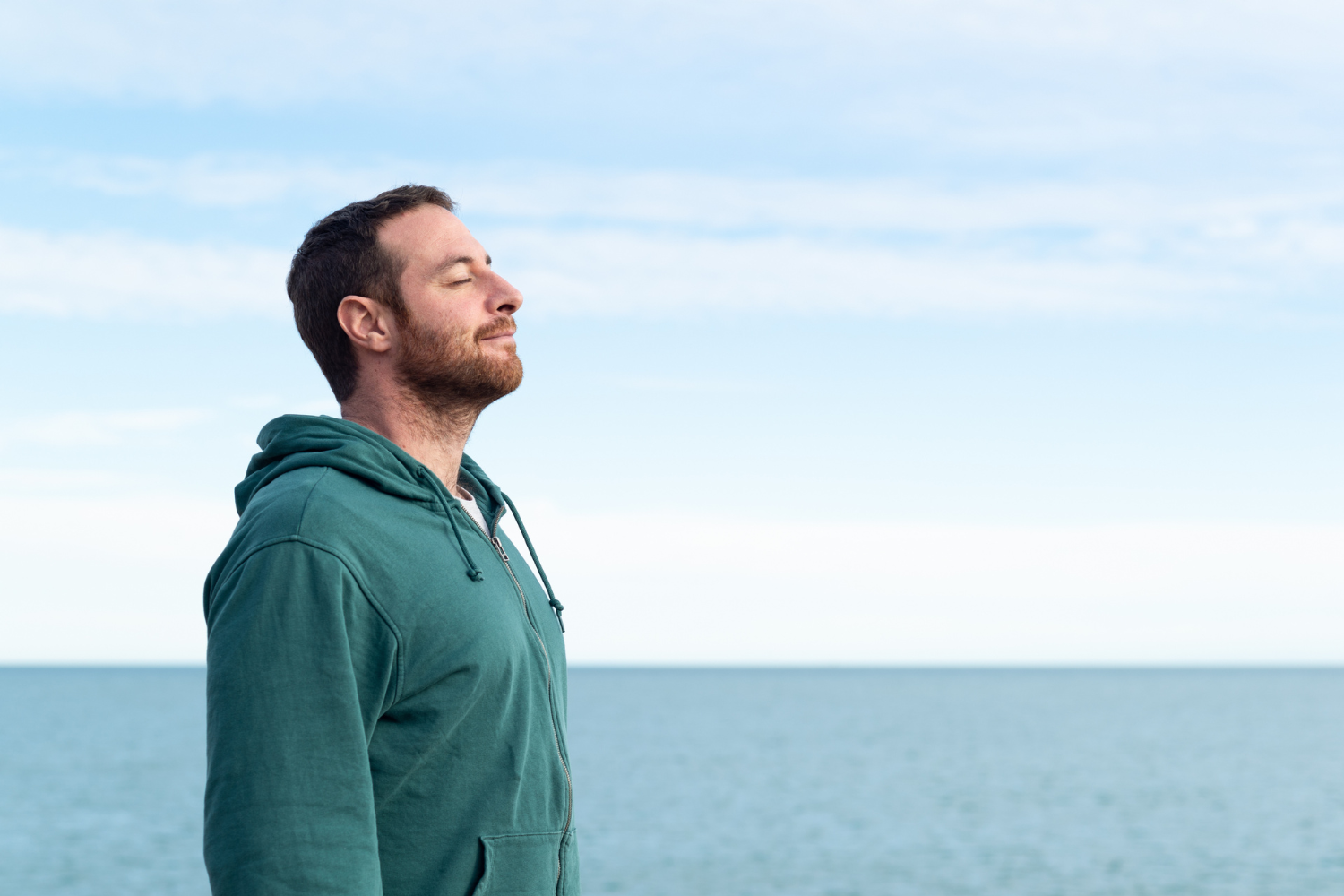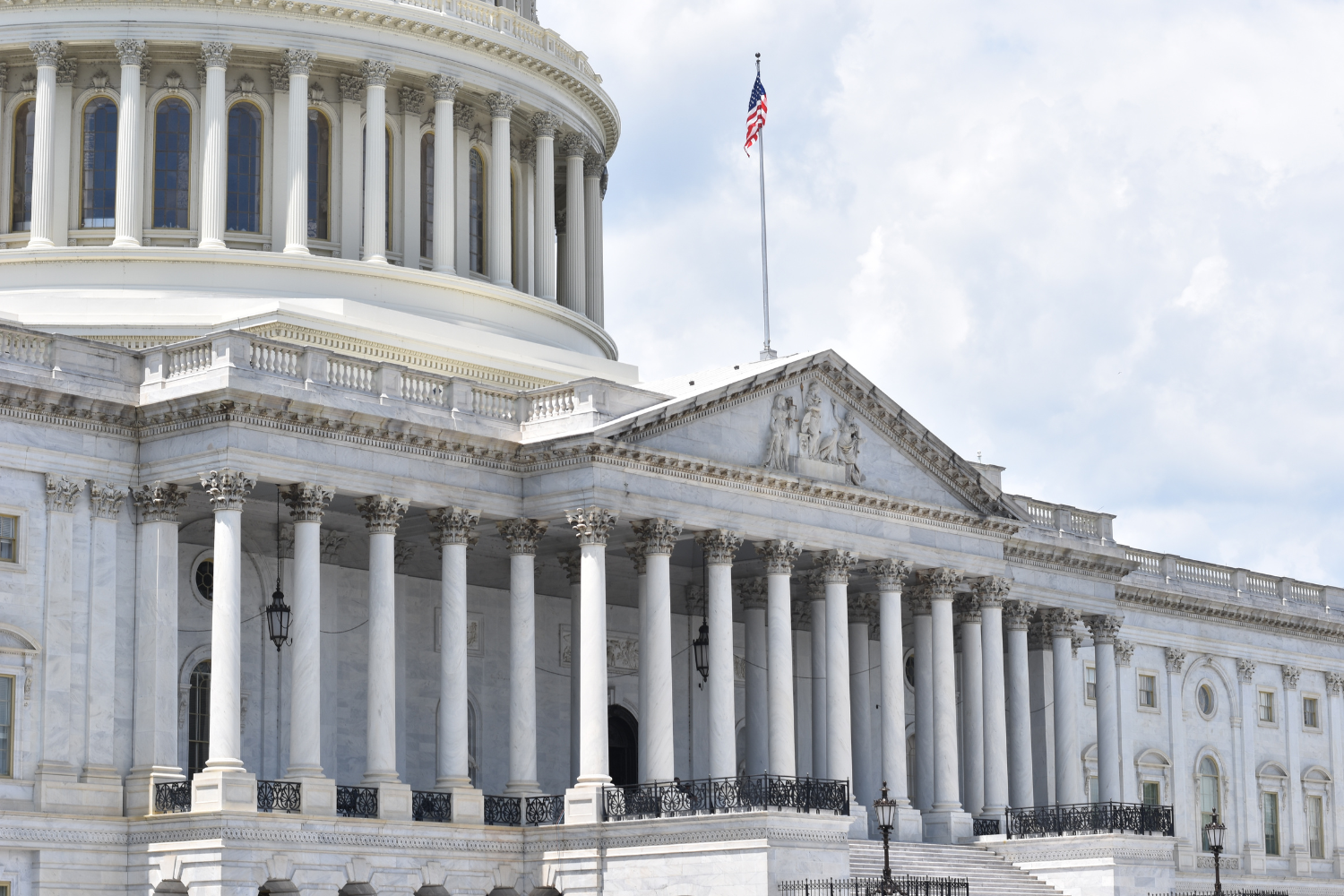As we celebrate Indigenous Appreciation Month, let us reflect on how we can honor Indigenous peoples' unique contributions while also acknowledging the persistent health disparities. Through cultural humility, collaborative care, and a commitment to addressing the root causes of these disparities, we can help create a future where Indigenous communities have equitable access to the health and wellness they deserve.
Life Expectancy and Chronic Disease: Root Causes
In 2021, 16% of Native Americans and Alaska Natives (AI/AN) were uninsured, compared to 5.1% of non-Hispanic whites. [1] Their average life expectancy of 67.9 years is nearly a decade shorter than that of non-Hispanic whites (77.5 years). [1] AI/AN populations experience some of the lowest life expectancies in the U.S., influenced by high rates of chronic conditions such as heart disease, diabetes, and liver disease. These conditions are linked to social determinants of health, including poverty, limited access to healthy foods, and inadequate healthcare resources. [1]
Osteopathic principles advocate for the holistic treatment of these conditions, addressing not only physical symptoms but also the emotional, social, and cultural factors that influence health. This approach integrates traditional Indigenous healing practices and modern medical care, fostering a more comprehensive and culturally relevant wellness model.
Strengths-Based Approaches to Healthcare
Instead of focusing solely on Indigenous communities' deficits, a strengths-based approach recognizes and empowers these populations by celebrating their resilience, rich cultural heritage, and strong community bonds. Osteopathic medicine naturally aligns with this approach by emphasizing self-healing, prevention, and the promotion of health and well-being. By integrating Indigenous knowledge and healing practices, we can create a more inclusive and effective healthcare model that respects and supports the unique needs of Indigenous peoples.
Kennedy et al. (2022) suggest strategies such as respecting Indigenous human rights, revitalizing cultural practices, and advancing self-determination—principles that align closely with osteopathic ideals of patient-centered care and community resilience. [2] Recognizing Indigenous communities as active participants in their health journey honors their sovereignty and fosters a sense of empowerment and self-determination.
Building Trust and Bridging Gaps
Many Indigenous individuals are wary of mainstream healthcare systems due to a history of exploitation and marginalization. Osteopathic physicians can help bridge this gap by adopting Community-Based Participatory Research (CBPR) methods, which ensure that Indigenous people are actively involved in healthcare decision-making. Working closely with community experts and institutions, such as the Oklahoma State University College of Osteopathic Medicine at the Cherokee Nation and the Association of Native American Medical Students fosters culturally competent healthcare environments and builds long-term trust between healthcare providers and Indigenous communities.
References
- Office of Minority Health. (2024). American Indian/Alaska Native Health. U.S. Department of health and Human Services. Retrieved from https://minorityhealth.hhs.gov/american-indianalaska-native-health#:~:text=According%20to%20the%20Centers%20for,females%20and%2075.1%20for%20males).
- Kennedy, A., Sehgal, A., Szabo, J., McGowan, K., Lindstrom, G., Roach, P., Crowshoe, L. L., & Barnabe, C. (2022). Indigenous strengths-based approaches to healthcare and health professions education - Recognizing the value of Elders' teachings. Health education journal, 81(4), 423–438. https://doi.org/10.1177/00178969221088921





